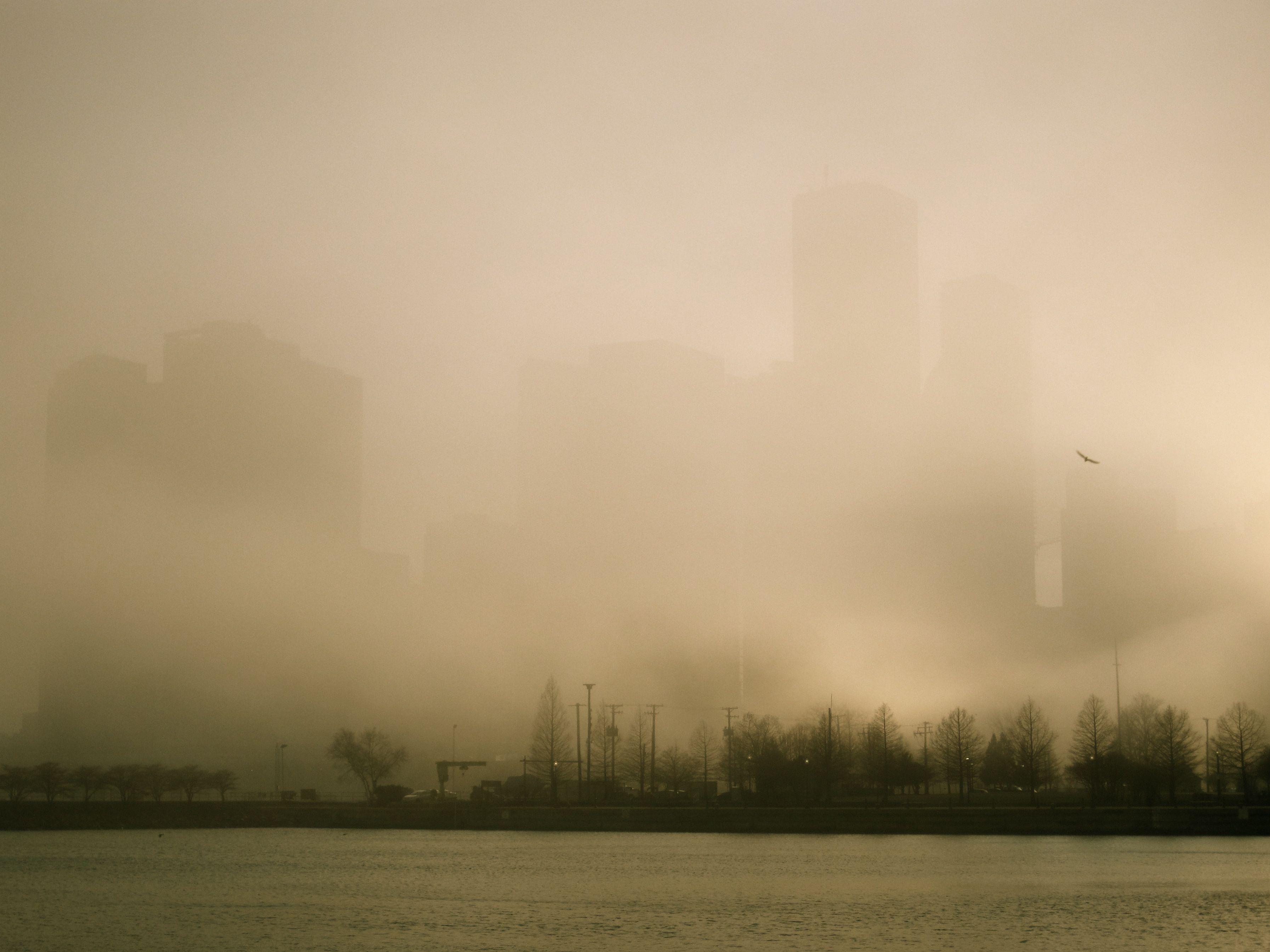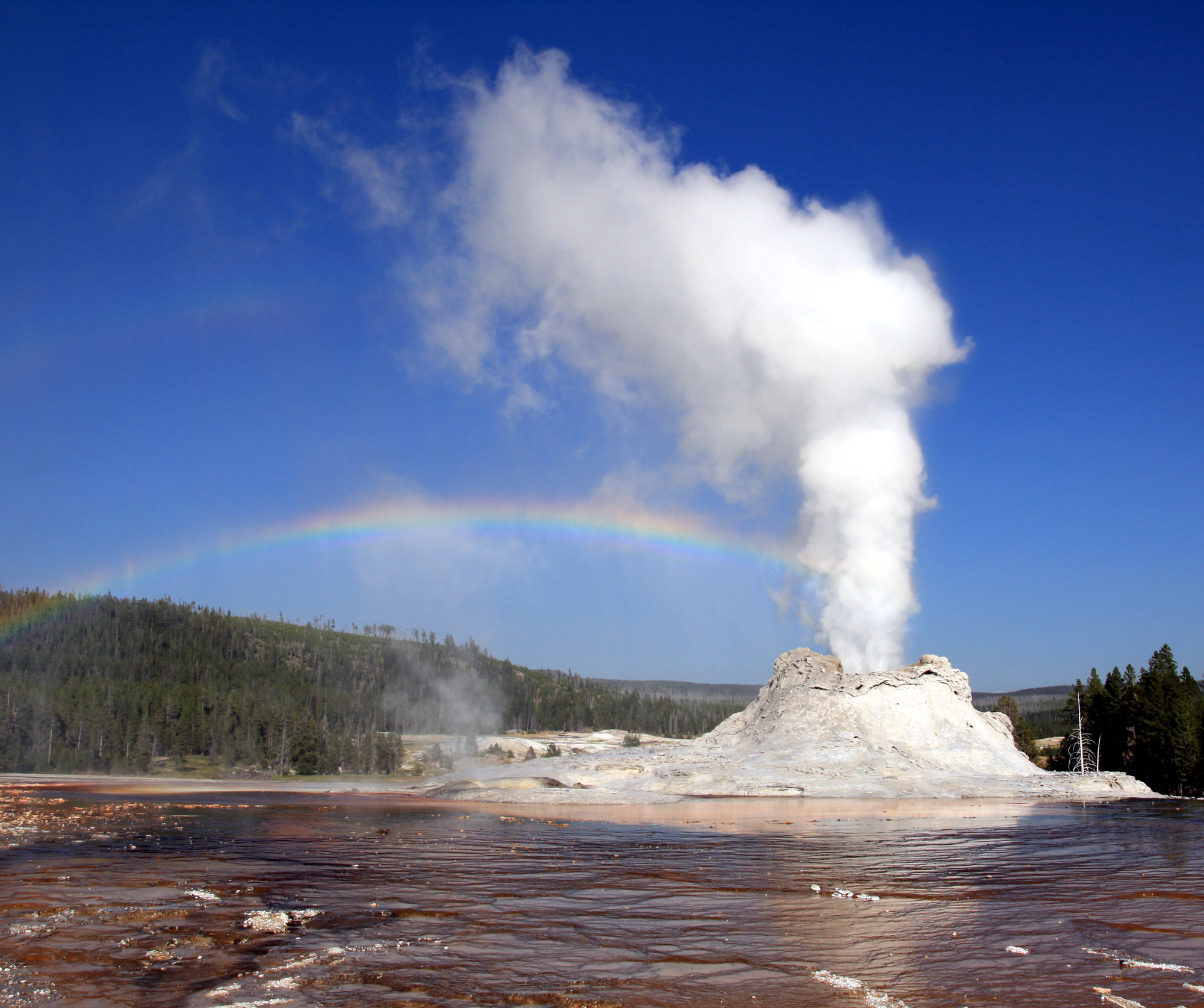47.WHY IS THERE FOG OVER LAKES?
Fog, dew, and clouds are all related. In fact, just one change in the conditions—such as the presence or absence of air currents—could make the difference as to whether there will be fog, dew, or clouds. Let’s see why this is so, and why fogs appear in certain places.
Fog particles are small, less than 0.001 millimeters in diameter. When you have a dense fog and can’t see in front of you, it’s because there may be as many as 1,227 of these particles in one cubic centimeter.
46.WHY IS THE WATER FROM A GEYSER HOT?
Even if a geyser didn’t shoot great streams of water into the air, it would be one of the most interesting marvels of nature. A geyser is really a hot spring, and a hot spring itself is quite amazing. Here is a hole in the ground filled with hot water. Where does the water come from? Why is it hot? And what makes it shoot up into the air if it’s a geyser?
In all geysers, a hole called a tube leads from the surface to underground reservoirs which serve as storage basins for the water. Most of the water comes from rain and snow.
45.WHY DON’T ALL PLACES HAVE THE SAME TIDES?

Have you ever been at a beach where at low tide you have to walk way out in the water just to get in up to your knees? Yet there are some places where you can hardly tell the difference between high and low tide.
The reason for this has nothing to do with the moon. Tides are caused by gravitation. Just as the earth pulls on the moon, so the moon attracts or pulls on the earth, but with much less force. The pull of the moon upon the earth draws the ocean waters nearest to it toward the moon as a broad swell, or wave. This produces high tide.



